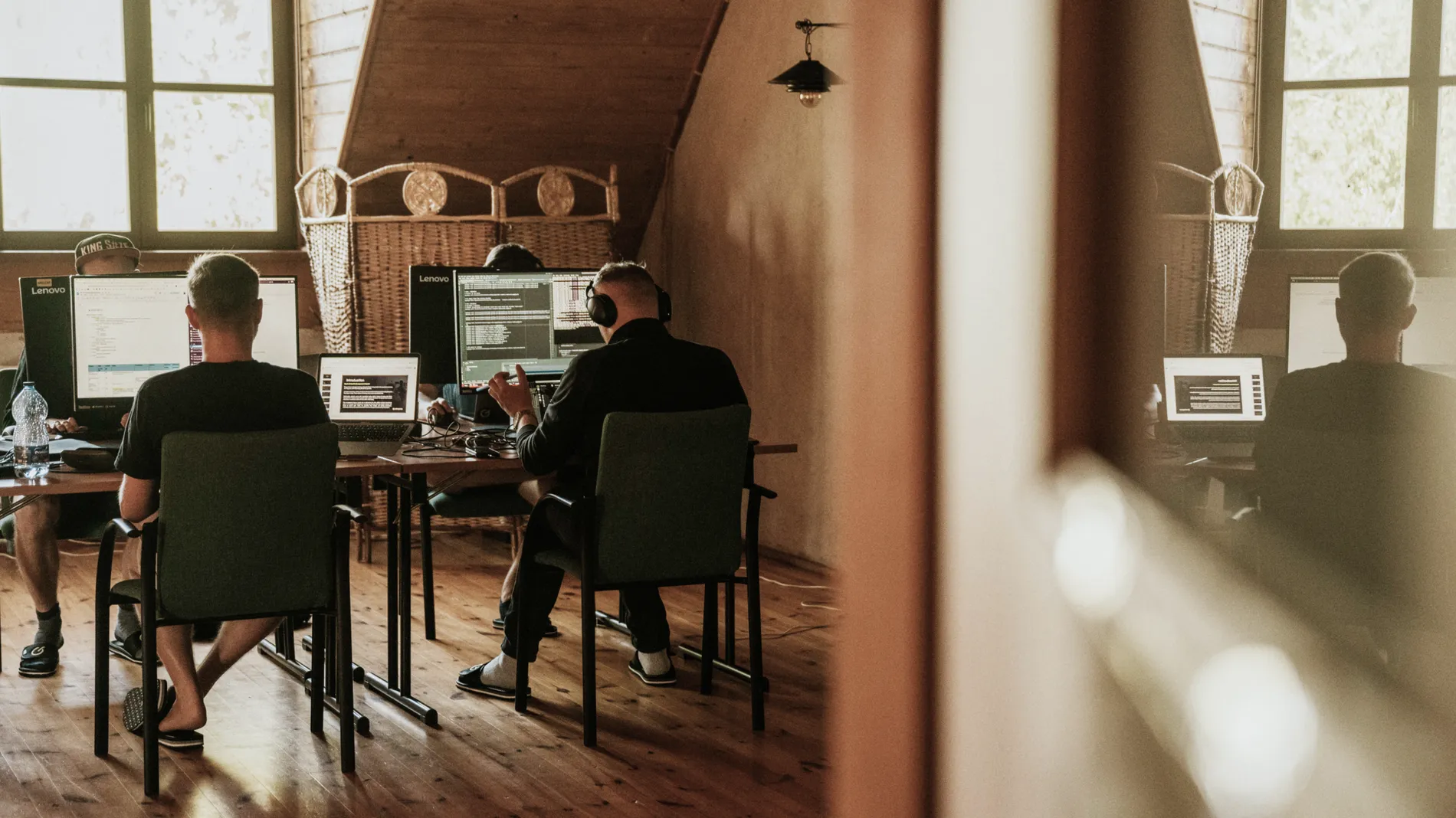Business and Technical Articles
Want to stay up-to-date with the latest in the industry without the "faff"? Explore our articles for the latest insights and innovations that inspire.
-
![Supercharging PoC Development with AI: A Smarter, Faster Approach - 2025 54]()
Supercharging PoC Development with AI: A Smarter, Faster Approach
-
![Backend Development in Python. When to Use Django? - 2025 54]()
Backend Development in Python. When to Use Django?
-
![Comparing Ionic, NativeScript & React Native - 2025 54]()
Comparing Ionic, NativeScript & React Native
-
![Key Industrial IoT Services - 2025 54]()
Key Industrial IoT Services
-
![Fixing Common Issues with a Digital Twin - 2025 54]()
Fixing Common Issues with a Digital Twin
-
![Next.js 15. What’s New, What Changed, Breaking Changes. - 2025 54]()
Next.js 15. What’s New, What Changed, Breaking Changes.
-
![Choosing the Right IT Outsourcing Team - 2025 54]()
Choosing the Right IT Outsourcing Team
-
![How Energy Hubs Drive Financial and Environmental Benefits - 2025 54]()
How Energy Hubs Drive Financial and Environmental Benefits
-
![Guide to Energy Trading Platforms - 2025 54]()
Guide to Energy Trading Platforms
-
![Green Hydrogen Production - 2025 54]()
Green Hydrogen Production
-
![Molten Salt Batteries - Salt in Batteries? - 2025 54]()
Molten Salt Batteries - Salt in Batteries?
-
![The Present and the Future of Wind Energy - 2025 54]()
The Present and the Future of Wind Energy












